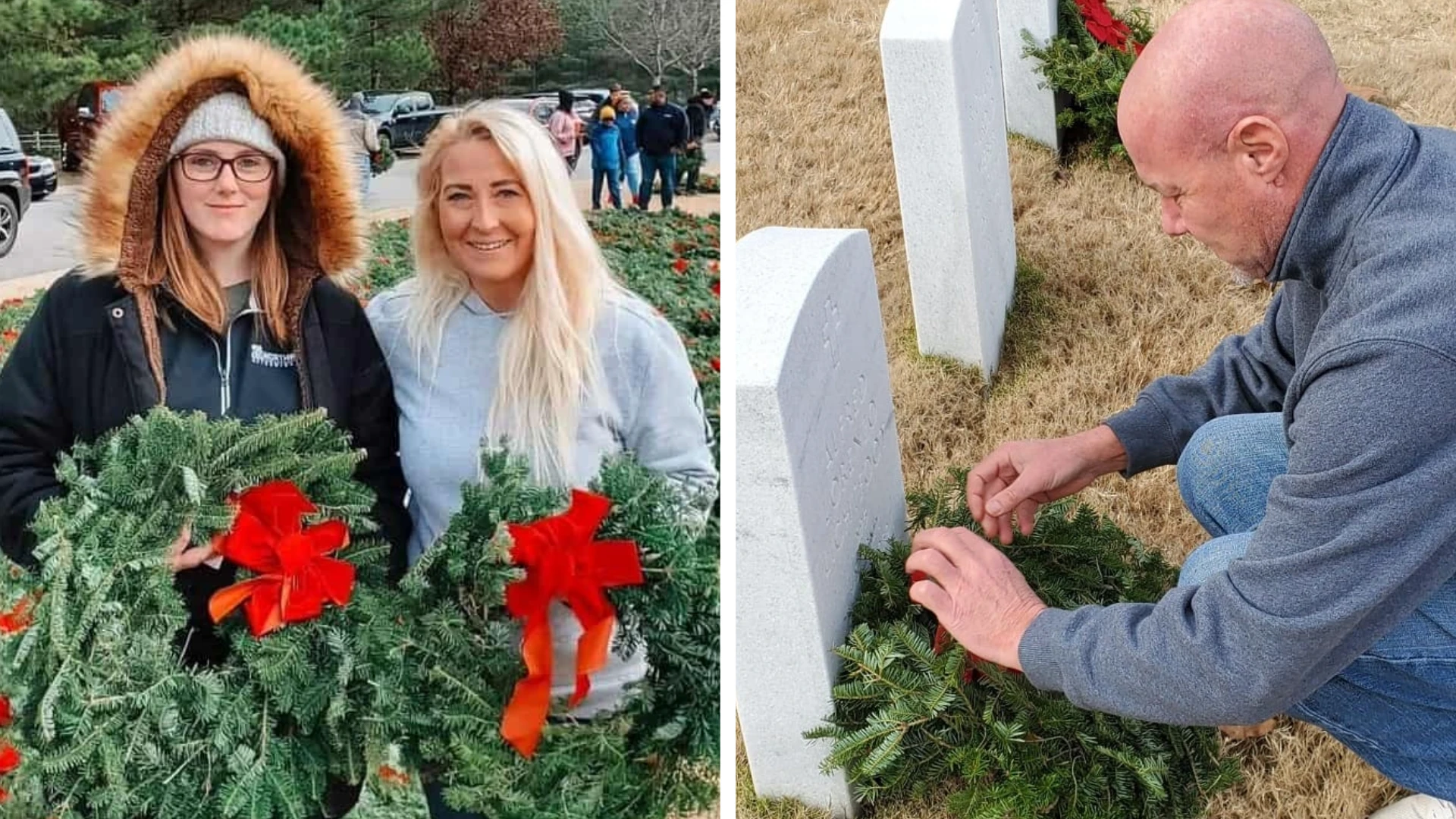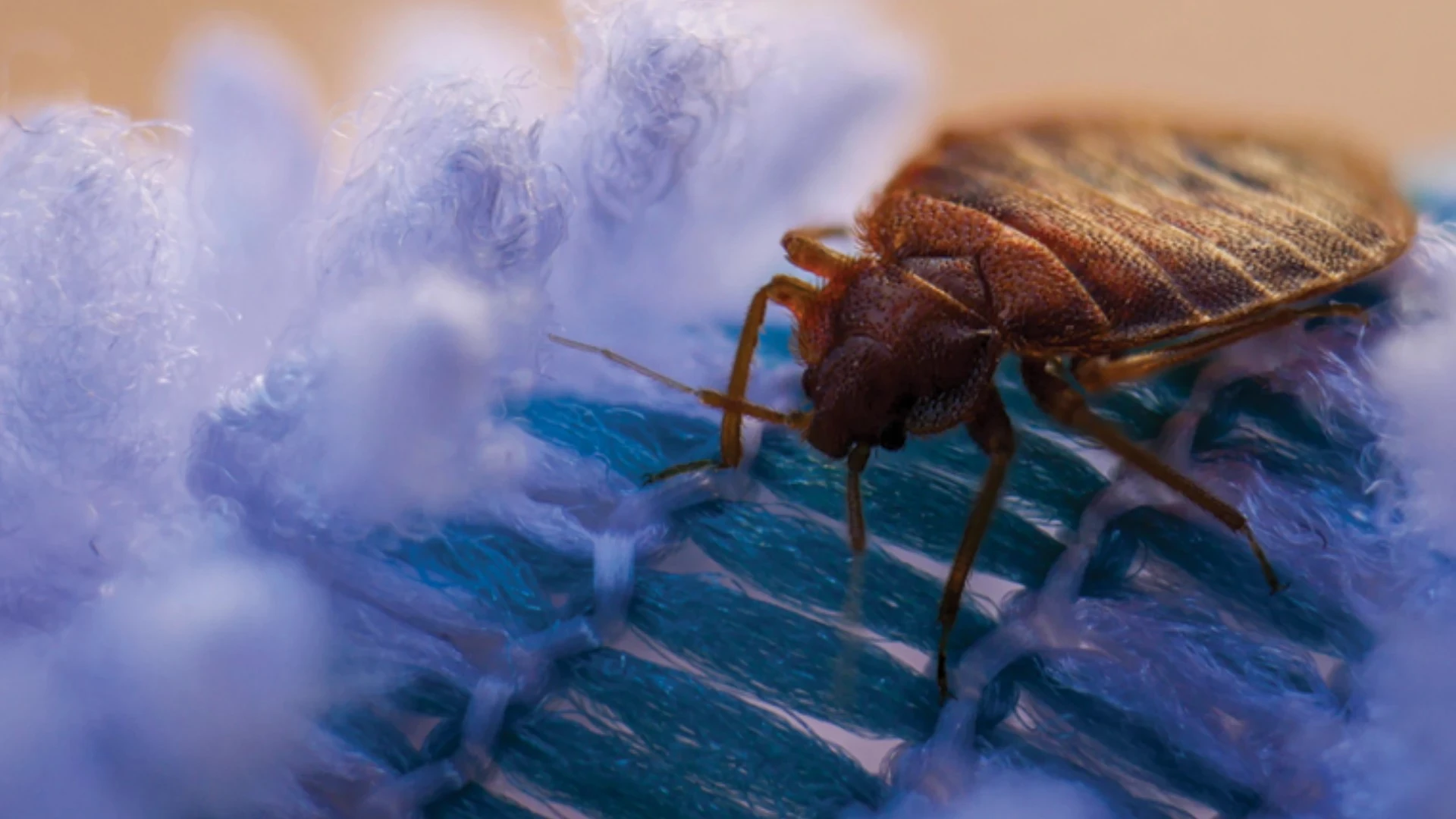In 1970, a gallon of gas cost 36 cents, the median household income was $9,028 and fewer than 50 PMPs attended the inaugural University of Kentucky Pest Control Short Course. Oh, how times have changed! In 2010, more than 500 PMPs from throughout the country recently traveled to the Lexington Convention Center to participate in what has become one of the finest regional conferences in the industry thanks to the leadership of Dr. Michael Potter, extension entomologist, University of Kentucky. The popular conference is held annually in cooperation with the Kentucky Pest Management Association and the Kentucky Department of Agriculture.
Shortly after welcoming a packed room of attendees to the three-day conference, Potter was recognized for his contributions to the growth of the Short Course by Dr. Chris Christensen, the first director of the conference, who shared some of his early memories of the event, including planning the conference on a shoestring budget.
From the beginning, Potter said, "fellowship" and "continuing education" were central to the Short Course’s mission. Throughout his tenure overseeing the event, he’s tried to honor Christensen’s legacy and "uphold the proud tradition of this conference," he said, while developing an educational program that features real-world benefits for attendees. "We salute you for taking the time…to be a part of our Short Course family," he told a standing-room-only crowd at the opening ceremonies. "Our goal is to make it (the conference) as practical as possible."
STAR POWER. Mike Masterson, star of "The Verminators" on the Discovery Channel, was the keynote speaker at this year’s conference, which included more than 20 educational sessions focusing on such diverse subjects as termite protection plans, bed bugs, sales training and route risks that kill.
During his presentation, Masterson shared some insights about what it’s like to host a weekly television series, pointing out that it’s more time-consuming and costly than it looks. While Masterson said "The Verminators" has raised the profile of his business and enhanced the image of the pest control industry, PMPs interested in starring in their own show may want to think twice about it. There’s a lot more involved than initially meets the eye. For instance, to get a show off the ground requires four key steps, according to Masterson:
A Great Idea – And "not just any idea," he said, but a unique idea. "How do you bring something different to the table?" he asked.
Lots of Cash – "It costs a lot of money" to bring a show to market, not only for the network airing the program, but for the pest control company participating in the show. "When you take on a challenge like this, you’re going to lose the production produced by five to six routes every month during the 10-month filming process," Masterson said. When technicians are on camera, they’re not generating income, so that revenue needs to come from other sources.
A Great Attorney – "Attorneys are deal breakers, not deal makers," he said. They’re going to "guide you" through the process of getting a show off the ground, from negotiating contracts to ensuring that both parties are meeting their obligations. A word of warning, however. "You really need to make the final decision on what is best for your business and future," Masterson said.
Total Commitment – "You can kiss your family goodbye," he said. Hosting a television show – even one that runs only 13 episodes a year – "consumes your whole life and requires working, on average, 15-hour days," he said. Each program consists of three to four segments that run 15 to 20 minutes of air time each, but requires two to four weeks to film and three weeks to edit.
Despite the mind-numbing hours and challenges posed by shooting on location, Masterson said "The Verminators" has been worth the effort. "I think it’s been great for our industry," he said, and PMPs seem to appreciate it, at least those he encounters during his travels or who contact him via e-mails, phone calls and letters. "I think we’ve taken pest management to a new level."
"The Verminators" is currently airing on the Discovery Channel and in 108 countries. This month, "The Verminators" will begin airing on TruTV in South America. To learn more about the show, visit www.dsc.discovery.com/tv/verminators/verminators.html.
BIG-CITY RATS. One of the more popular speakers at the Short Course every year is rodent expert Bobby Corrigan, president of RMC Pest Management Consulting. During a one-hour presentation, Corrigan discussed his work managing area-wide rodent populations in New York City, a rather daunting prospect considering the complex nature of the urban environment.
With 8.6 million people living on 320 square miles of aging infrastructure, he said, "We have a city on top of a city," and residing in the bowels of the "Big Apple" are an unknown number of rats and mice, although they could number in the millions. One way to attempt to manage such a large population is to break the city into grids. "Ask yourself, ‘Where are the lines?’" he said. Where are rodents traveling to and from food sources? They’re traveling along curbs, sewer lines and the edges of buildings.
In that way, they’re not that different from people, traveling similar routes to and from work every day. "I can read a sidewalk in a rat-active area and tell you where the rats are feeding and traveling in a neighborhood," Corrigan said, "and so can you. Knowing how to read rodent-active surfaces are the roadmaps to where PMPs should be installing equipment; not simply placing them out at yardstick measurements such as every 25, 50 or 100 feet."
The urban rat problem is exacerbated by the fact that city rats have such a diverse palette and an ample supply of food at their disposal, including trash, nuts, fruit and food discards from pedestrians. Rats "are not picky eaters," he said. "This animal gets the job done (when it comes to obtaining its nutrition)."
When inspecting inside buildings, "always ask yourself: ‘Where are the warm, hollow walls within 50 feet of food?’" Corrigan asked. More often than not, that’s where you’ll find the rodents. And don’t overlook ceilings, a common mistake of inexperienced technicians, who have a tendency to focus on rodent control efforts at the floor level. "You can’t do (successful) rodent control unless you’re at least inspecting, and possibly treating, ceilings," he said.
CONCLUSION. Look for additional coverage of various educational sessions from the Kentucky Pest Control Short Course in future editions of PCT magazine. To view more photos from the 40th Annual Pest Control Short Course, visit the "Online Extras" section of the PCT website, www.pctonline.com.
This year’s conference sponsors included BASF Pest Control Solutions, Bayer Environmental Science, Bell Laboratories, Central Life Sciences/Zoecon, Dow AgroSciences, DuPont Professional Products, Liphatech and Oldham Chemicals. The Planning Committee for the Short Course was Tony Bohnert, Terminix International; Scott Broaddus, Bayer ES; Gary Blankenship, Guarantee Pest Control; Chris Christensen, Urban Insect Solutions; Eric Ham, Nisus Corporation; Erich Hardebeck, Permakil Pest Control; Tim Leatherman, Perfection Pest Control; Mark Myers, Forshaw Distribution; Tom Myers, All-Rite Pest Control; Jeff Nickelson, Nick’s Termite & Pest Control; Don Partin, Okolona Pest Control; Kevin Pass, Action Pest Control; Mike Potter, University of Kentucky; Steve Sims, Kentucky Division of Environmental Services; Scott Underwood, Oldham Chemicals; and Gary Wheeldon, The Wheeldon Co.

Explore the January 2011 Issue
Check out more from this issue and find your next story to read.
Latest from Pest Control Technology
- Rentokil Terminix Expanded in Key Markets with 2024 Acquisitions
- In Memoriam: Joe Cavender
- Certus Acquires Green Wave Pest Solutions
- Liphatech Adds Alex Blahnik to Technical Team
- Do the Right Sting: Stinging Insect Identification, Management, and Safety
- VAGA's 8th Annual Veterans Thanksgiving Appreciation Dinner
- Clark's Blair Smith on the Response to Increased Dengue Fever Cases in Southern California
- WSDA, USDA Announce Eradication of Northern Giant Hornet from U.S.





